Modern love: an Italian design couple take the wraps off their hidden treasure
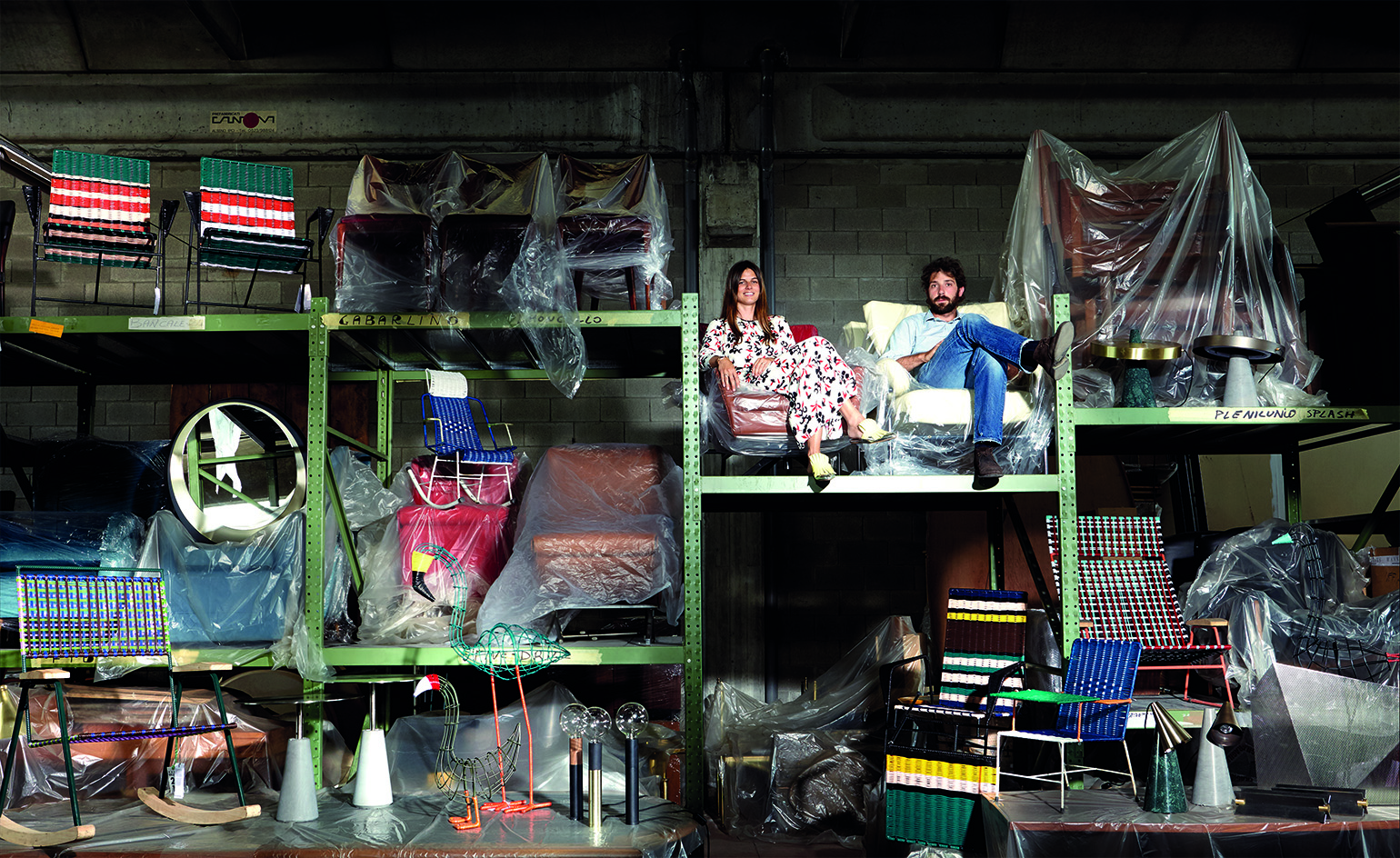
Thirty minutes south of Milan’s centre, where the city’s grey cobblestoned streets suddenly turn into wet, green farmland, lies a big warehouse in a small speck of a town, that is filled top-to-toe with magical leftovers of Italy’s great post-war design boom.
The warehouse, and its marvellous stash of midcentury furniture, lighting and mirrors, has little in the way of signage and does not obey proper business hours. Like many of Italy’s best finds, it is run by an elusive man named Mario who may or may not want to do business with you, even if you’re a dealer. If you’re a private client without a recommendation, you’re definitely out of luck.
‘It took a while to get in here,’ laughs architect Federico Ferrari, who first discovered the warehouse seven years ago, befriended slippery Mario, and now makes his way around the cluttered space with his wife Carolina Castiglioni as if it were his own home. ‘We come all the time. But you need to have the eye to scout here.’
Neither Ferrari nor Castiglioni has a problem on that front. Castiglioni, the daughter of Marni creative director Consuelo Castiglioni, is the Milan-based brand’s current director of special projects. She oversees, among many other activities, its design products, all made by artisans in Colombia. Ferrari, who studied at London’s Architectural Association School of Architecture, is a real-estate developer who works on refurbishment projects across Europe. A year and a half ago, he launched his own furniture company, Edizioni, with two partners, Alberto and Paolo Sala.
Ferrari and Castiglioni’s creative work is completely independent, yet the couple share an obsession with design. ‘I find design more fun than fashion to be honest,’ Castiglioni admits with a shy laugh. ‘It’s my hobby. It truly is. At night I love looking for furniture online. I don’t do that with clothes!’
Mario’s warehouse, meanwhile, provides a shared point of connection for the couple, not to mention an endless source of home furnishings for their Milan apartment. Here, they scored a worn out Osvaldo Borsani couch that they re-covered in green wool (Mario also had a quantity of original Techno fabric laying around), two 1950s blue velvet Italian armchairs and a 1950s black lacquer dining table with brass legs, as well as a Gio Ponti desk, the provenance of which they serendipitously discovered post-purchase.
‘We really gravitate towards the same things,’ says Castiglioni. ‘And here it’s like a treasure chest. It’s way more fun than any other shop. Mario’s fun. And the prices are good.’
But more than the hot home find, the warehouse offers endless inspiration for the pair’s separate design projects and symbolises the process each employs.
‘This place absolutely reflects how and where finished products and projects start,’ Ferrari explains. ‘Normally you see a glossy picture of everything perfectly done, but to arrive at a finished product where everyone says “wow”, you start at the low-profile, dusty warehouse.
‘Any project is a lot of work. You’re driving around in the fog in November and meeting with the metal worker, then the carpenter, negotiating it all. It’s all very hands on. And when Carolina does a project it’s the same thing – but half way around the world.’
Over the last five years, Marni’s collections of limited-edition, handmade, colourful furniture, presented at its refurbished 1920s factory space in Milan – in tandem with everything from Colombian dance lessons and exotic fruit shopping and juicing to robot assembly – have become some of the most entertaining and anticipated events during Salone del Mobile.
Marni’s design offshoot began with a simple collection of colourful woven chairs and has now grown to include indoor and outdoor armchairs, rocking chairs, love seats, tables, children’s chairs, giant animal sculptures, and benches. It is all midcentury in mood but coolly updated, while the bright, striped colours channel the controlled quirkiness of the brand’s fashion designs.
‘The whole project was born on a trip to Mexico several years ago with Federico,’ says Castiglioni, who frequently globetrots with her husband, from India to Brazil to Sri Lanka. ‘We kept seeing those woven, cone-shaped “Acapulco” chairs everywhere. They were so Marni. My mom loved them.’
Marni sends its design sketches and colour specifications to a group of local women and ex-prisoners in Colombia, who produce each piece by hand using iron frames and woven bands of PVC, creating a chic rattan effect. The one-off pieces are sold only during Salone del Mobile, in a limited run, with a portion of sales dedicated to various charities in Italy.
This year, Marni recreated a Bogotá fruit market, the Mercado de Paloquemao, in its Milan showroom (with fruit stands that doubled as chairs and tables). The true show-stopper, though, was the so-called Ballhaus production in which a troupe of Colombian performers in Marni skirts taught guests how to rock the cumbia, a local dance. New rocking chairs, with wooden legs, and standing lamps were presented, along with Marni dance skirts, which were all snapped up by a flurry of excited locals, Salone visitors and designers alike.
‘Many people have asked [to wholesale] the product, but this is a charity project,’ Castiglioni explains. ‘It’s nice that it lives for a very short period. It’s an artisan product in a limited run.’ Meanwhile, Edizioni was born with a product that Ferrari and his two partners couldn’t find anywhere else: fireplace accessories that looked right in a modern living environment, rather than a 19th-century villa. The result was Edizioni’s edgy fireplace screen, comprising an asymmetrical sheet of perforated brass, and a log holder that looks like a cool propeller. Since then, the range has expanded into a 16-piece collection of precise, well-edited tabletop items, small furniture accessories, mirrors and lighting design. Stand-outs include lamps that are composed of marble disc bases and metal cone shades with bronze and brass trim, and an adjustable nickel-coated table with a pietra serena (grey sandstone) base.
‘Edizioni is about small, complementary pieces that are affordable,’ explains Ferrari, who showed the brand’s second collection at Salone del Mobile this year. ‘It’s not about making a Gio Ponti couch, it’s about what to put next to the Gio Ponti couch.’
Still, Ferrari and his partners work with as much exactitude, and with many of the same craftsman, as Italy’s greatest midcentury furniture makers. ‘They’re all incredible craftsmen,’ Ferrari says of the web of artisans he uses throughout the country. ‘You discover a lot by going to the producers –the old ones have all worked for the best Italian companies of the last 50 years, from FontanaArte to Stilnovo. Talking to these guys, they know everything. They teach you.'
‘You need to discover them and know how to approach them,’ advises Ferrari. ‘It’s never through the front door. And trust me, they’re all grumpy!’
As originally featured in the September 2016 issue of Wallpaper* (W*210)
INFORMATION
For more information, visit the Marni website or the Edizioni Design website
Photography: Alberto Zanetti
Wallpaper* Newsletter
Receive our daily digest of inspiration, escapism and design stories from around the world direct to your inbox.
JJ Martin
-
 All-In is the Paris-based label making full-force fashion for main character dressing
All-In is the Paris-based label making full-force fashion for main character dressingPart of our monthly Uprising series, Wallpaper* meets Benjamin Barron and Bror August Vestbø of All-In, the LVMH Prize-nominated label which bases its collections on a riotous cast of characters – real and imagined
By Orla Brennan
-
 Maserati joins forces with Giorgetti for a turbo-charged relationship
Maserati joins forces with Giorgetti for a turbo-charged relationshipAnnouncing their marriage during Milan Design Week, the brands unveiled a collection, a car and a long term commitment
By Hugo Macdonald
-
 Through an innovative new training program, Poltrona Frau aims to safeguard Italian craft
Through an innovative new training program, Poltrona Frau aims to safeguard Italian craftThe heritage furniture manufacturer is training a new generation of leather artisans
By Cristina Kiran Piotti
-
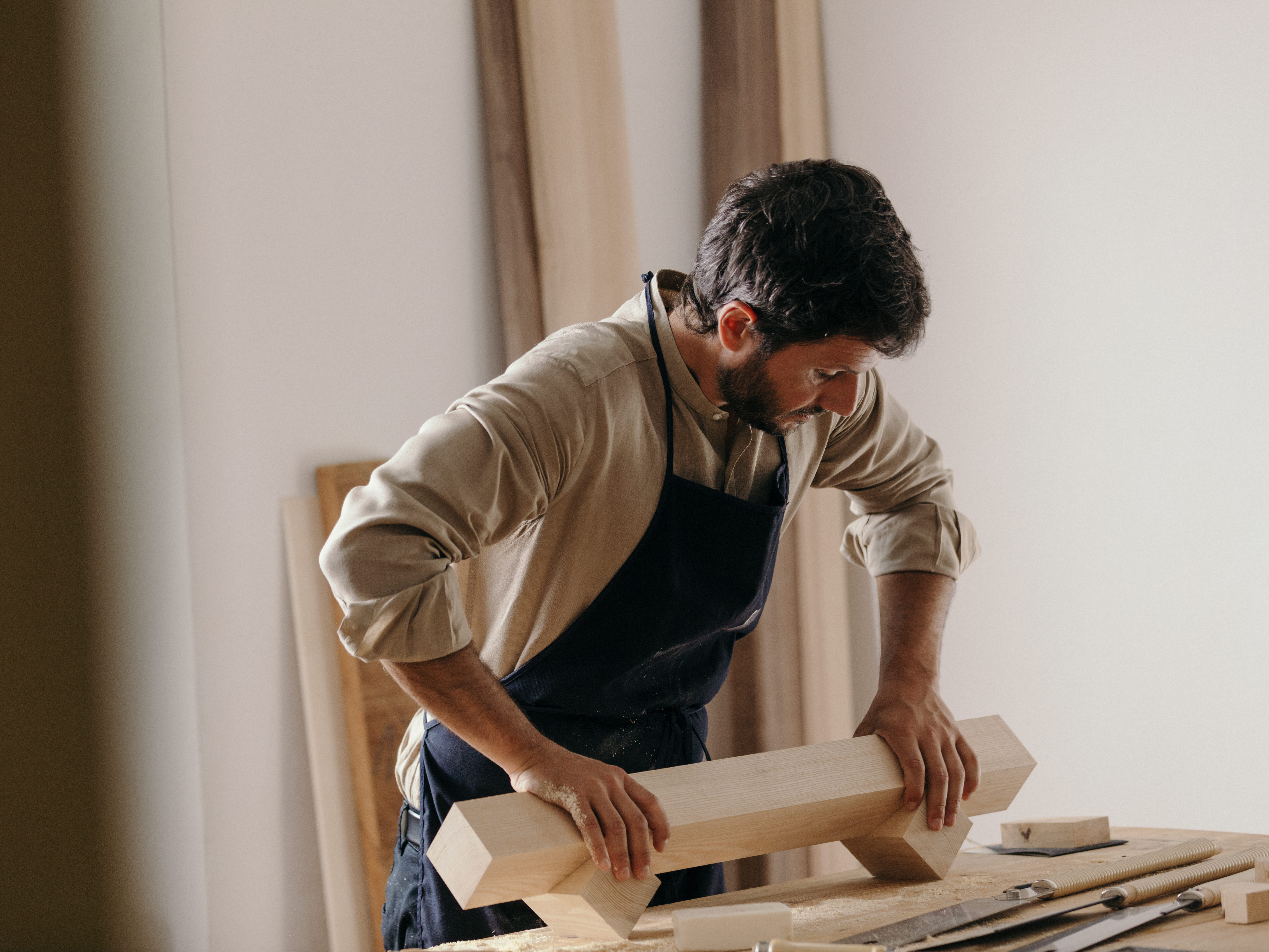 This collection of slow furniture is a powerful ode to time
This collection of slow furniture is a powerful ode to timeA serene exhibition of David Dolcini's 'Time-made' collection has fast-tracked its place into our hearts and homes
By Ifeoluwa Adedeji
-
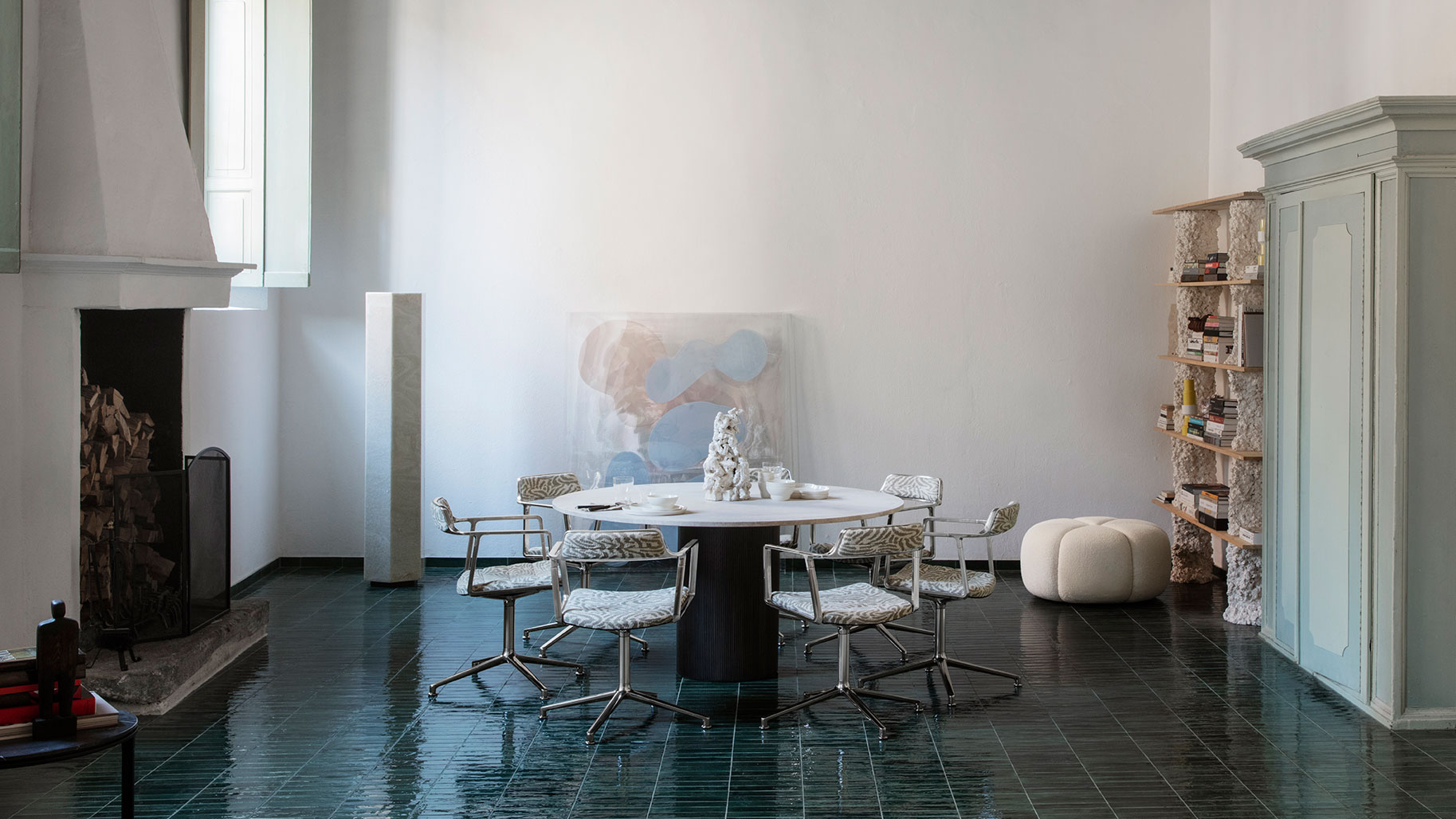 Vipp Palazzo pop-up hotel opens inside Brescia’s historical Palazzo Monti
Vipp Palazzo pop-up hotel opens inside Brescia’s historical Palazzo MontiScandi minimalism meets Baroque maximalism in Vipp Palazzo, a pop-up hotel by the Danish brand in the heart of Brescia
By Rosa Bertoli
-
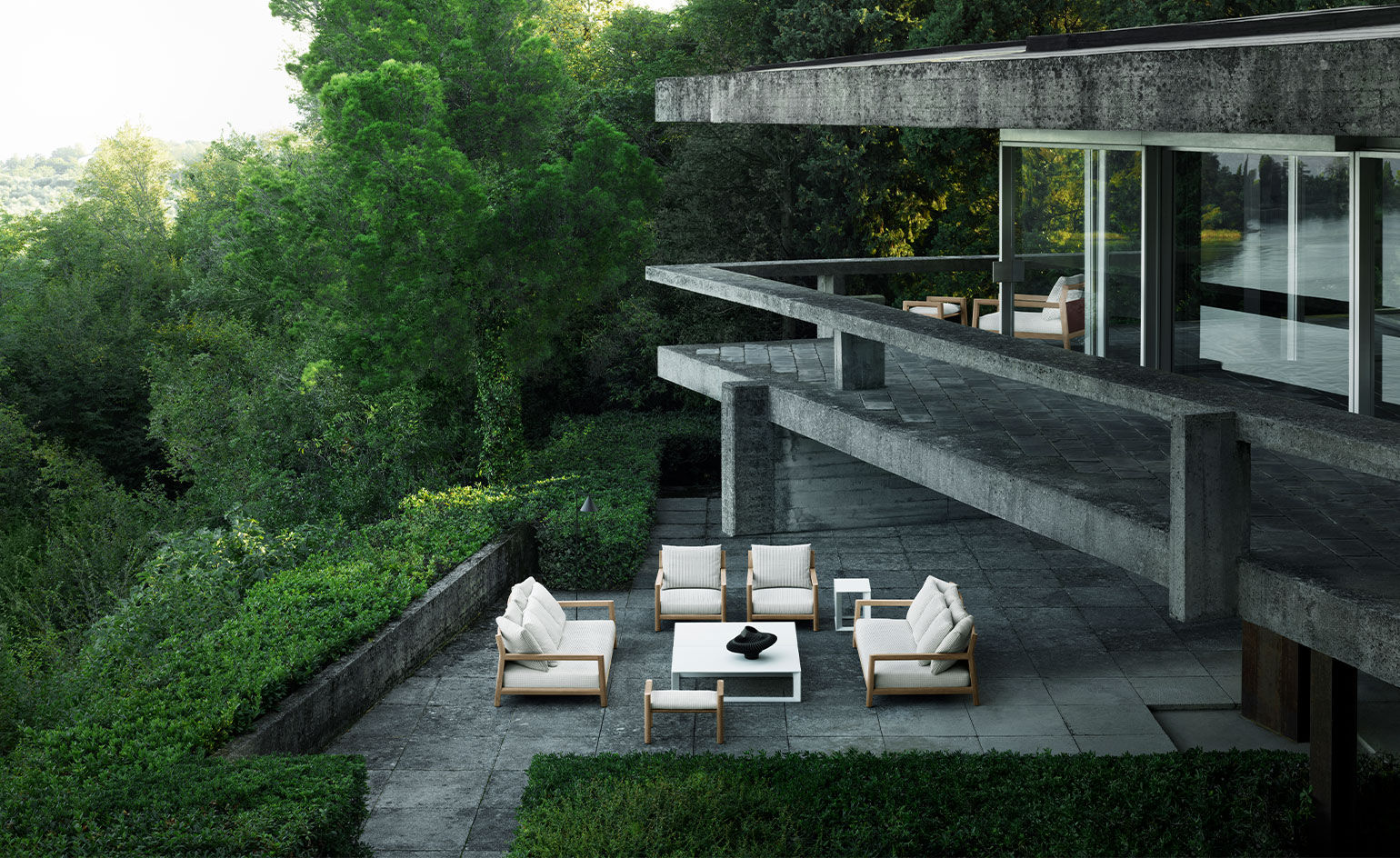 B&B Italia celebrates 15 years of outdoor furniture
B&B Italia celebrates 15 years of outdoor furnitureFrom a woven design by Patricia Urquiola to an aeroplane-inspired collection by Piero Lissoni: we look back on exceptional B&B Italia outdoor furniture
By Rosa Bertoli
-
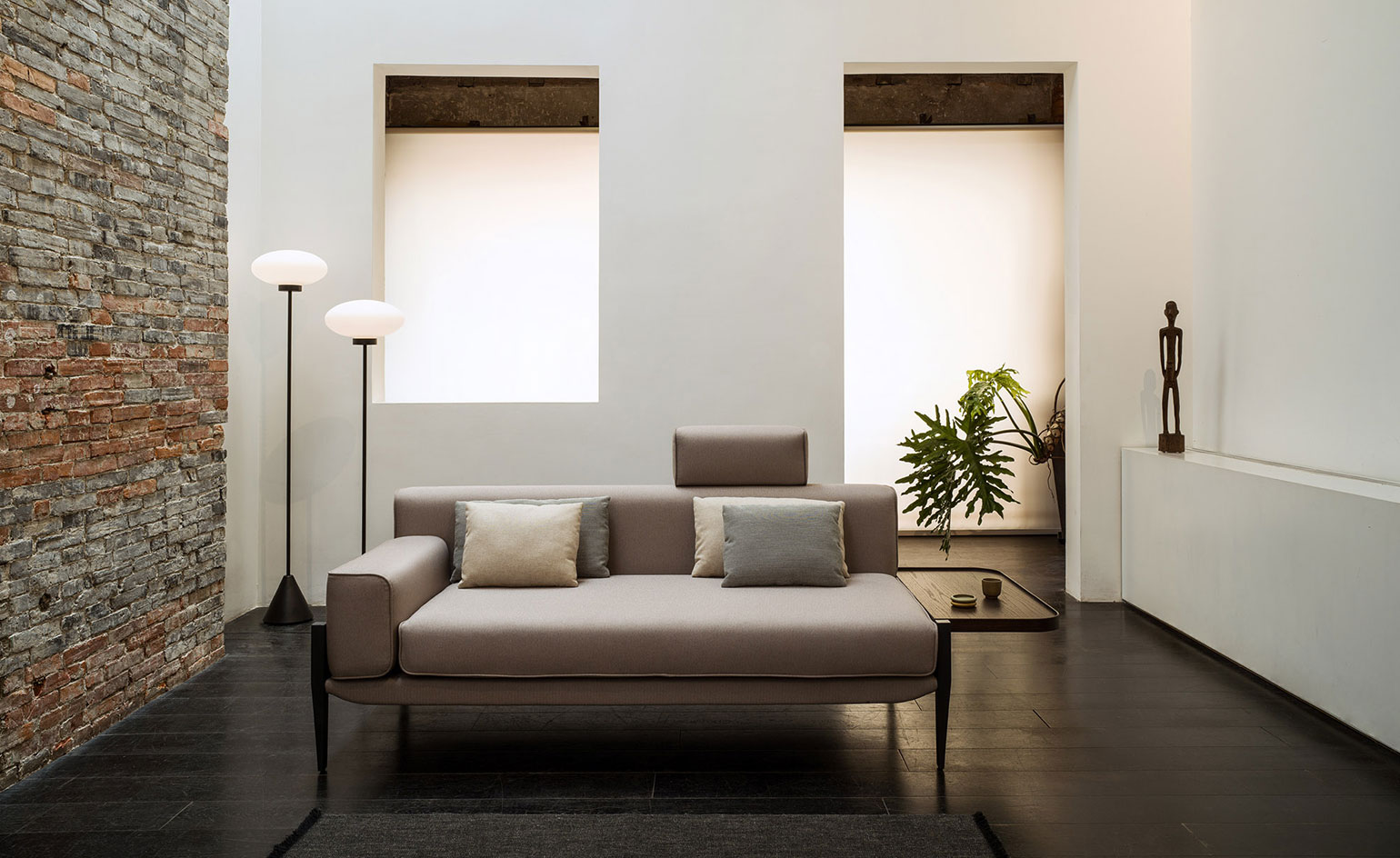 Michele De Lucchi unveils latest furniture design for Stellar Works
Michele De Lucchi unveils latest furniture design for Stellar WorksItalian designer Michele De Lucchi and Stellar Works present a new furniture collaboration consisting of a modular sofa with a floating silhouette that merges Italian and Japanese design sensibilities
By Cristina Kiran Piotti
-
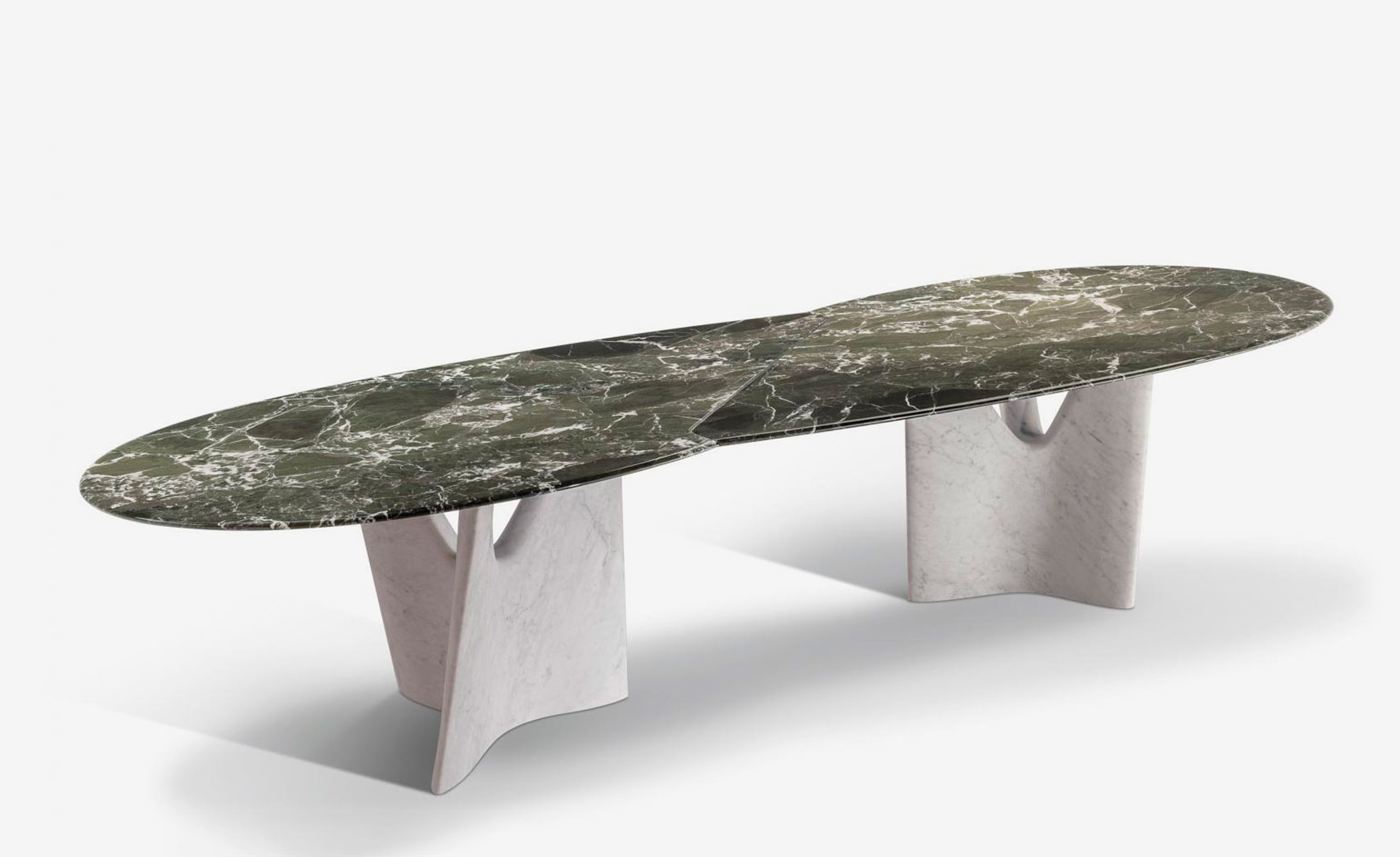 Marble table pushes the boundaries of furniture manufacturing
Marble table pushes the boundaries of furniture manufacturingThe sinuous forms of Roberto Lazzeroni's Infinito table for Poltrona Frau are defined by a rare marble and an innovative design approach
By Alice Morby
-
 Luigi Caccia Dominioni’s iconic chairs for Azucena get a chromatic update
Luigi Caccia Dominioni’s iconic chairs for Azucena get a chromatic updateAzucena and Serapian collaborate to instill new life into Luigi Caccia Dominioni's Catilina chair, a legendary design now updated with a distinctive leather mosaic motif
By Rosa Bertoli
-
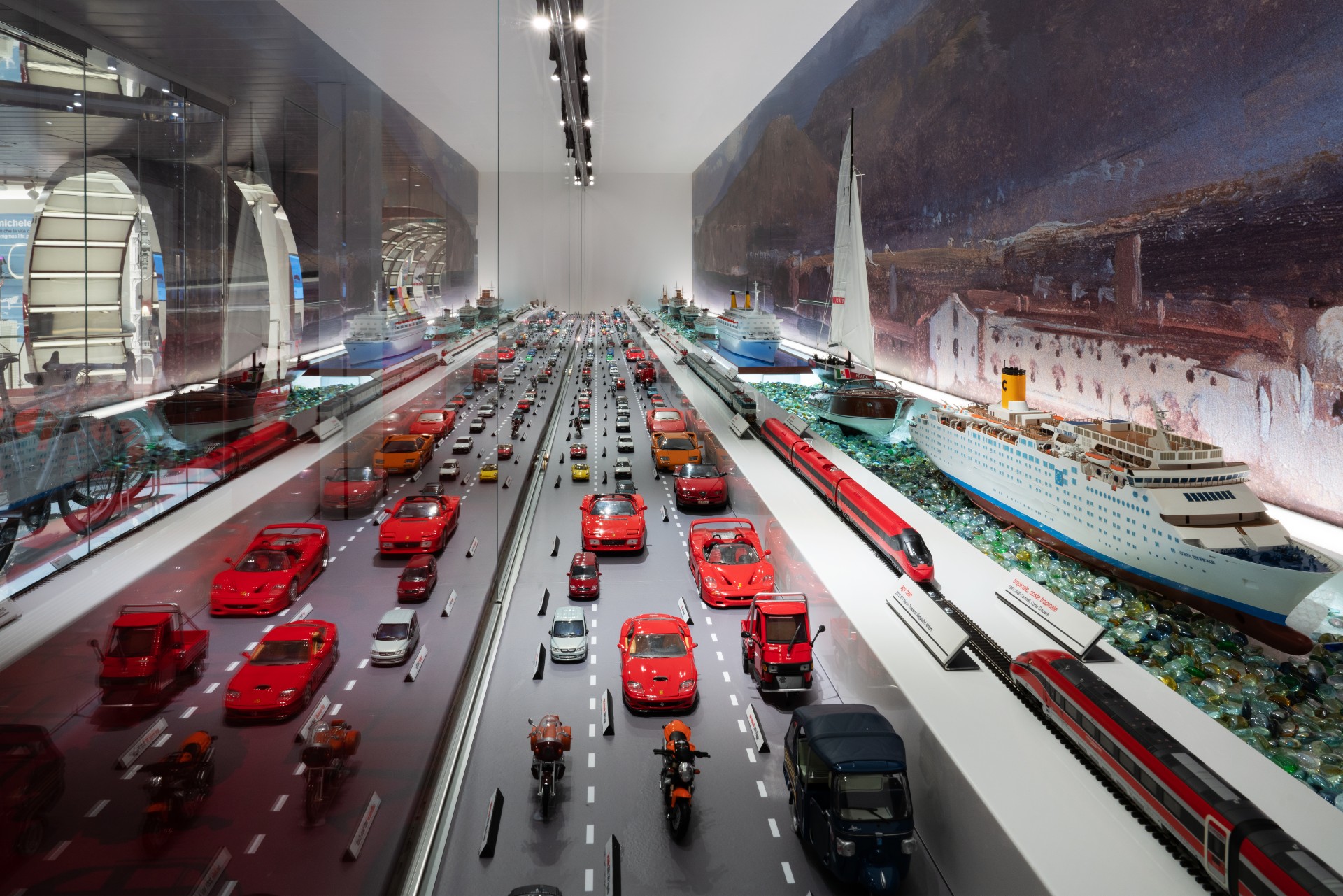 All aboard! Immersive design museum on a cruise ship celebrates Italian icons
All aboard! Immersive design museum on a cruise ship celebrates Italian iconsThe mobile museum is housed inside one of Italian company Costa Smeralda's cruiseship, featuring a selection of design icons and a futuristic set by Tihany Design
By Rosa Bertoli
-
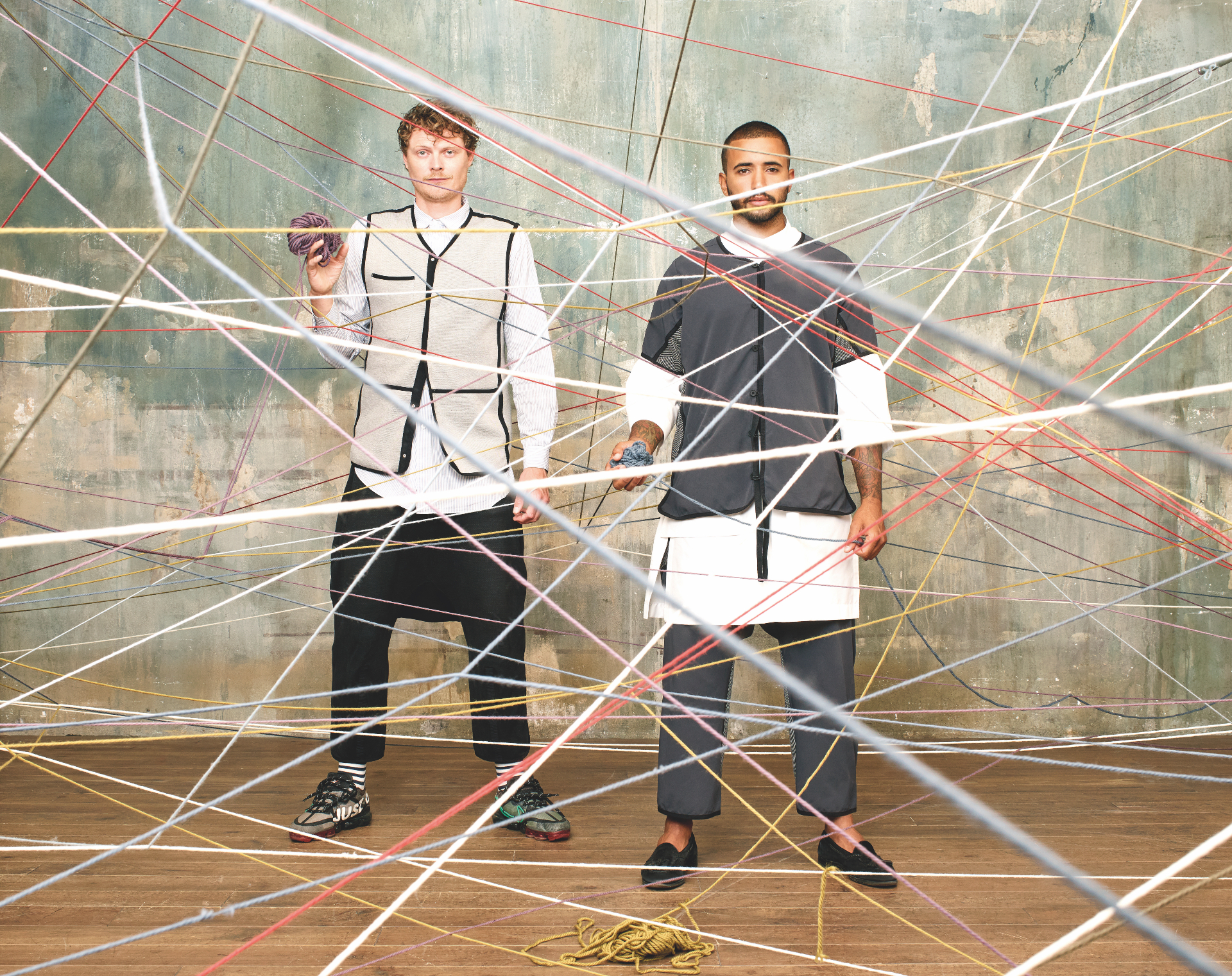 Natuzzi and ByBorre's Mediterranean-inspired upholstery fabrics
Natuzzi and ByBorre's Mediterranean-inspired upholstery fabricsItalian furniture company Natuzzi joined forces with Dutch textile innovator Borre Akkersdijk to create a collection of textile upholstery to complement Natuzzi furniture collections
By Rosa Bertoli